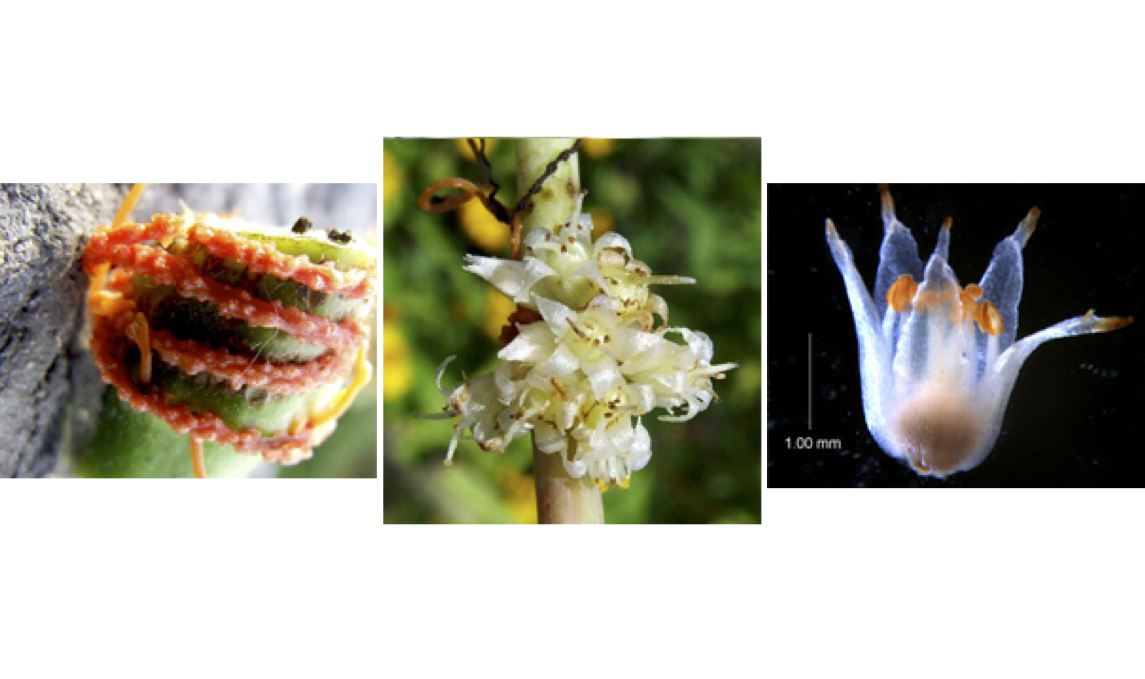Who, how much, how, when and where? Difficult questions on reticulate evolution in Cuscuta (dodders; Convolvulaceae)
The frequency and relative importance of hybridization in plants has been an area of intense debate. Although this evolutionary mechanism has received
Speakers
Event series
Content navigation
Description

The frequency and relative importance of hybridization in plants has been an area of intense debate. Although this evolutionary mechanism has received considerable attention from plant biologists, there are not many well-supported cases of reticulate evolution involving parasitic plants to date.
Over the last decade, multiple molecular phylogenetic analyses revealed that the subgenus Grammica, the largest and most diverse group of the stem parasitic genus Cuscuta, consists of 15 major clades (sections). While the vast majority of relationships within this subgenus are congruent, we also discovered a number of cases of strongly supported discordance between phylogenies derived from plastid and nuclear data.
I will interpret them as results of 9-10 independent hybridization events. Some cases involve species whose progenitors are derived from different major groups of subgenus Grammica, and which are clearly allopatric in their present distribution. This is consistent with more ancient hybridization events.
However, most of these cases likely represent relatively recent reticulations because each of them involves more closely related species, always confined within the same section as their putative parental species, and are currently sympatric or parapartric with them.
One such small group of species that contains recent and repeated hybridization, resulting in multiple polyploid hybrid species, Cuscuta section Denticulatae, will be discussed in detail. We are currently developing this tractable natural system to address questions about the pace of genetic, epigenetic, and evolutionary change, and to study broader implications of repeated polyploidy (i.e., does genomic/genetic evolution repeat itself in polyploids of multiple origin, does parental genotype matter in polyploidization, to what extent, etc.).
Sasa Stefanovic is an Associate Professor from the University of Toronto whose research employs molecular and traditional tools to address plant systematics questions at both higher and lower taxonomic level as well as molecular mechanisms underlying organellar genome evolution in plants.
Sasa is in Australia from 6 Feb-3 April visiting CSIRO and ANU and conducting fieldwork. Please contact Sasa directly if you would like to meet with him.
Location
EEG Seminar Room, Gould Building 116, Daley Rd, ANU

